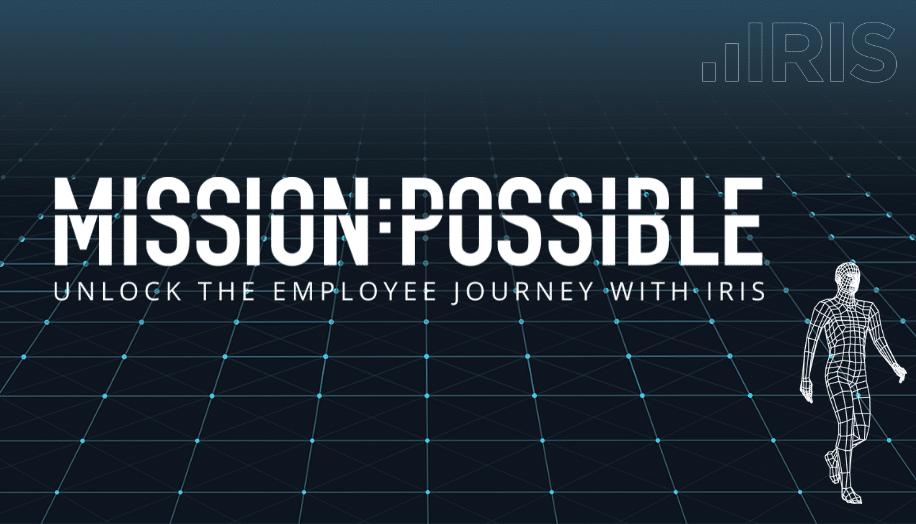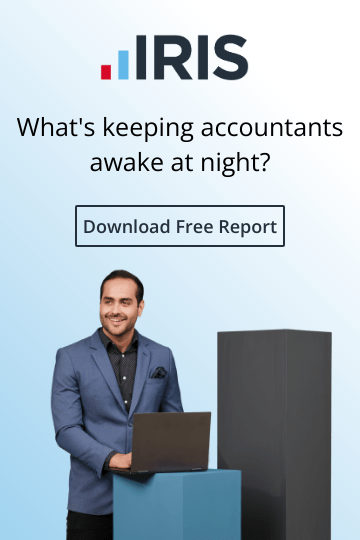BLOGS
Are you entitled to employment allowance?

This allowance is still available to you in the 2015/16 tax year. If you have used your employment allowance award in full, HMRC will offset the balance against other current or future PAYE liabilities, so the allowances is not lost.
The employment allowance isn't necessarily for everyone, however. Employment allowance is for almost all employers that pay class 1 national insurance contributions (paid by the employer) on their employees' and directors' earnings and this includes businesses, charities and amateur sports clubs.
Around 1.25 million businesses and charities will benefit from this allowance and around 450,000 businesses and charities will not have to pay any employer national insurance contributions at all.
It is worth noting however that there is only allowed to be one claim per business which means that if you have multiple PAYE schemes, you must decide on which scheme you want to claim against.
Businesses that may not claim the employers allowances are (guidance only, employers should find their own eligibility):
- NHS Services
- GPs
- Housing Stock Management
- "Meals on wheels"
- Refuse collection
- Prison Services
- Debt Collectors
- Security/cleaning services for public buildings
- IT services for government departments
So how do I claim it?
You can claim this through your payroll software. When you make your claim, you must reduce your employer Class 1 NICs payment by an amount of employment allowance equal to your employer class 1 NICs due, but not more than £2,000 per year.
For example, if your employer class 1 NICs are £1,200 each month, in April, your employment allowance used will be £1,200 and in May £800, as the maximum is capped at £2,000.
In addition to this, you must inform HMRC that you are claiming employment allowance. You only need to do this once via the Employer Payment Summary (EPS). When you send your EPS, you will not see on there any mention of the employment allowance but this is correct, so do not worry about it. If you do not submit this on an EPS, it will appear as an underpayment.
HMRC will automatically carry your claim forward each tax year, so at the beginning of each year you should check to make sure that your circumstances haven't changed.
For more information on this and how IRIS can help you, you can view our employment allowance FAQ page.
I need help with employment allowance
Keep on top of all the latest legislation with IRIS Training









